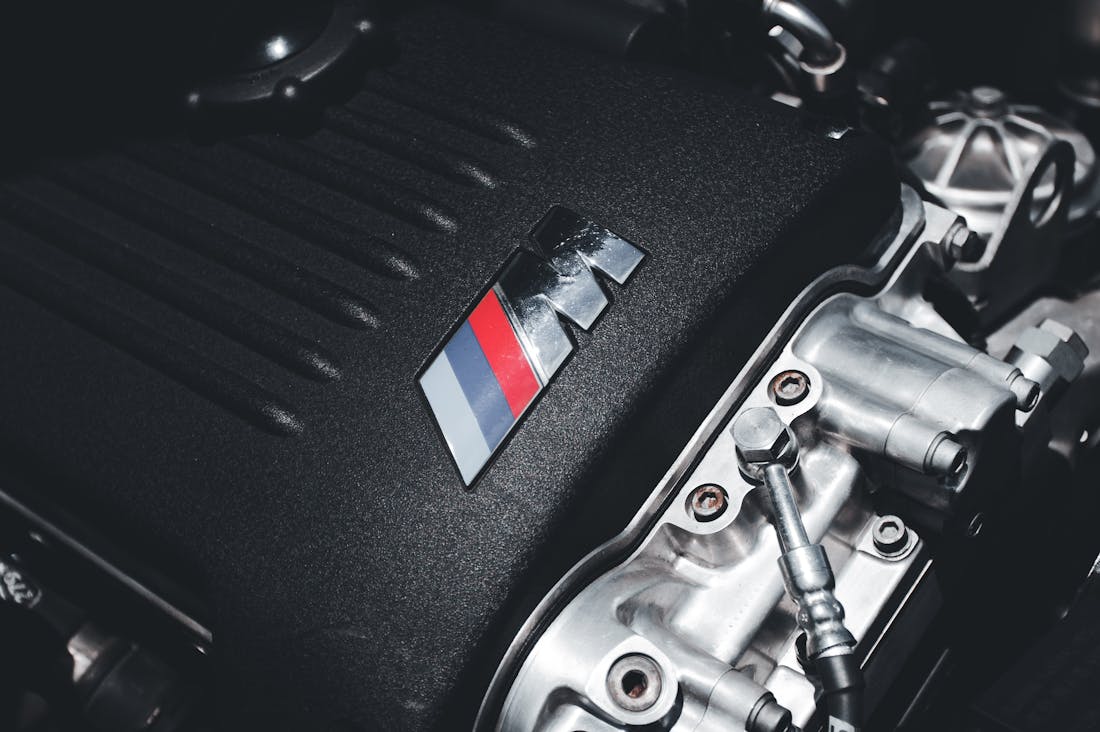Welcome to "Mastering Car Maintenance: Essential Tips for Keeping Your Vehicle in Top Shape." Whether you’re a seasoned car enthusiast or a new driver, this guide is designed to equip you with the knowledge and skills necessary for effective vehicle care. By understanding the basics of maintenance, you not only enhance performance but also prolong your car’s lifespan. From routine checks to troubleshooting common issues, we’ll provide practical tips and expert advice to help you confidently keep your vehicle in optimal condition, ensuring safe and smooth travels for years to come. Let’s dive into the essential practices that can transform your car care routine!

Understanding Basic Car Components
Understanding basic car components is essential for any vehicle owner, as it empowers individuals with knowledge to maintain their cars effectively and address potential issues. At the heart of a vehicle's operation are key components such as the engine, transmission, brakes, and battery. The engine is the powerhouse that converts fuel into mechanical energy, while the transmission ensures that this energy is appropriately distributed to the wheels. Braking systems provide safety, allowing drivers to slow down or stop the vehicle when needed. Additionally, the battery stores electrical energy to power the ignition system and other electronic components. Familiarity with these parts not only aids in preventive maintenance but also enhances overall driving safety and vehicle longevity. Understanding how these components work together enables car owners to communicate more effectively with mechanics and make informed decisions about repairs and upgrades.

Key Maintenance Practices You Should Follow
Key maintenance practices are essential for ensuring the longevity and optimal performance of any equipment or facility. Regular inspections should be conducted to identify potential issues before they escalate into costly repairs. It's crucial to establish a well-documented maintenance schedule that includes routine tasks such as cleaning, lubricating, and calibrating equipment. Additionally, maintaining accurate records of maintenance activities helps track performance and compliance. Preventive maintenance should be prioritized over reactive maintenance to minimize downtime and enhance safety. Training staff on proper usage and maintenance procedures can further reduce wear and tear. Ultimately, these practices contribute to operational efficiency and reduce overall costs.

When to Seek Professional Help
Knowing when to seek professional help is crucial for mental and emotional well-being. If feelings of sadness, anxiety, or stress become overwhelming, persist for an extended period, or interfere with daily life, it may be time to consult a therapist or counselor. Signs that indicate a need for professional support include persistent feelings of hopelessness, difficulty concentrating, changes in sleep or appetite, and withdrawal from social activities. Additionally, if you’re experiencing trauma, significant life changes, or relationship issues, a mental health professional can provide valuable tools and strategies for coping. Prioritizing mental health is vital, and seeking help is a courageous and essential step toward healing.
Regular Maintenance Checks: The Key to Longevity
Establishing a routine for regular maintenance checks is vital for preserving your vehicle's functionality and safety. These checks should cover fluid levels, tire pressure, and brake performance, among other crucial aspects. By routinely checking engine oil, coolant, and transmission fluid, you can ensure that your car operates smoothly and efficiently. Tire maintenance, including rotation and alignment, plays a significant role in extending tire life and enhancing fuel efficiency. Additionally, verifying that your brakes are in optimal condition can prevent hazardous situations on the road. By developing this habit, you not only save money on repairs down the line but also ensure a safer driving experience.
The Importance of Quality Parts and Products
Utilizing high-quality parts and products for car maintenance cannot be overstated. When replacing components, opting for original equipment manufacturer (OEM) parts or high-quality aftermarket alternatives can greatly impact the performance and longevity of your vehicle. Cheap, inferior parts may seem cost-effective initially, but they often lead to more significant issues and expenses later. Additionally, using top-tier fluids, such as motor oil and coolant, can help maintain engine health and efficiency. Regularly check the specifications outlined in your owner's manual to ensure compatibility and optimal performance. Investing in quality parts and products not only enhances reliability but also contributes to the overall value of your vehicle.
Understanding Your Vehicle's Warning Signals
Your vehicle is equipped with various warning signals designed to alert you to potential issues. Familiarizing yourself with these indicators can prevent minor problems from escalating into major repairs. Common warning lights include the check engine light, oil pressure warning, and battery warning, each signaling specific issues that need immediate attention. Ignoring these signals can lead to severe damage and costly repairs, so it's essential to address them promptly. Consult your owner’s manual for detailed explanations of each warning light, and don't hesitate to seek professional assistance if necessary. Understanding these signals empowers you to take proactive measures and maintain your vehicle's health.
Seasonal Maintenance: Preparing for Weather Changes
Seasonal maintenance is crucial for adapting your vehicle to varying weather conditions throughout the year. In colder months, ensuring that your battery is in good condition and your antifreeze levels are sufficient can prevent starting issues. Additionally, switching to winter tires can improve traction and safety on icy roads. During warmer months, focusing on your vehicle's cooling system and air conditioning will enhance comfort and prevent overheating. Regularly cleaning your vehicle, both inside and out, can protect against environmental damage during seasonal shifts. By adjusting your maintenance routine according to the seasons, you can safeguard your vehicle against harsh conditions and enhance its performance year-round.
AI-Assisted Content Disclaimer
This article was created with AI assistance and reviewed by a human for accuracy and clarity.